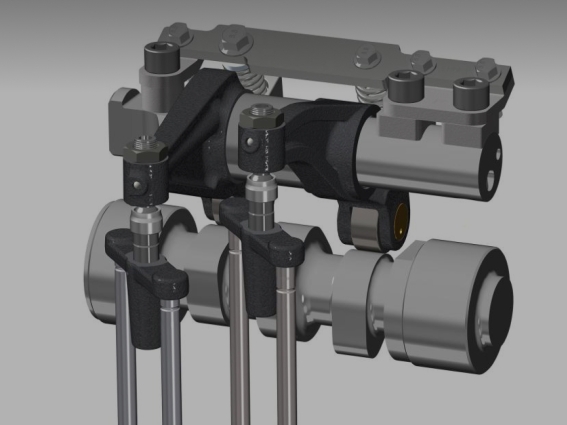- Key technology for meeting upcoming emissions standards
- Impacts both CO2 and NOx due to increased aftertreatment temperatures and reduced fuel consumption at the same time
- Fuel economy improvements through reduced pumping losses and friction
- 14-18% improvement in idle fuel consumption in 4-cylinder operation over 6-cylinder
- Improves combustion and fuel consumption in firing cylinders
- Faster engine and aftertreatment system warm-up
- Minimizes cooling of the aftertreatment during coasting and improves emissions by keeping the aftertreatment system hot during low load operation
- Capable of individual cylinder control and dynamically switchable between cylinders
- Even with a stock 2018 aftertreatment system, improves SCR conversion efficiency while still lowering overall fuel consumption (other keep warm strategies will cost more fuel)

Fuel savings of 2.76 percent were returned in the first SAE J1321 standardized fuel consumption testing of Jacobs® CDA, using fully loaded comparison trucks on a highway route in North America. Similar tests on a distribution route returned fuel savings of two percent.
Cylinder deactivation (CDA) leverages Jacobs® well-established componentry to disable valve lift in selected cylinders thereby improving the thermodynamic efficiency of the remaining active cylinders. CDA also yields higher exhaust temperatures in operating cylinders to maintain aftertreatment temperatures in low load conditions, while coasting and during start-up.
- Utilize CDA in diesel engines as well as gasoline, natural gas, and ethanol-fueled engines
- Available for a variety of applications including on- and off-highway light-, medium- and heavy-duty engines
- Compatible with different engine architectures by integrating into pushrod, rocker, bridge or finger follower
- Modular with High Power Density® (HPD®) and compression release engine brake technology



